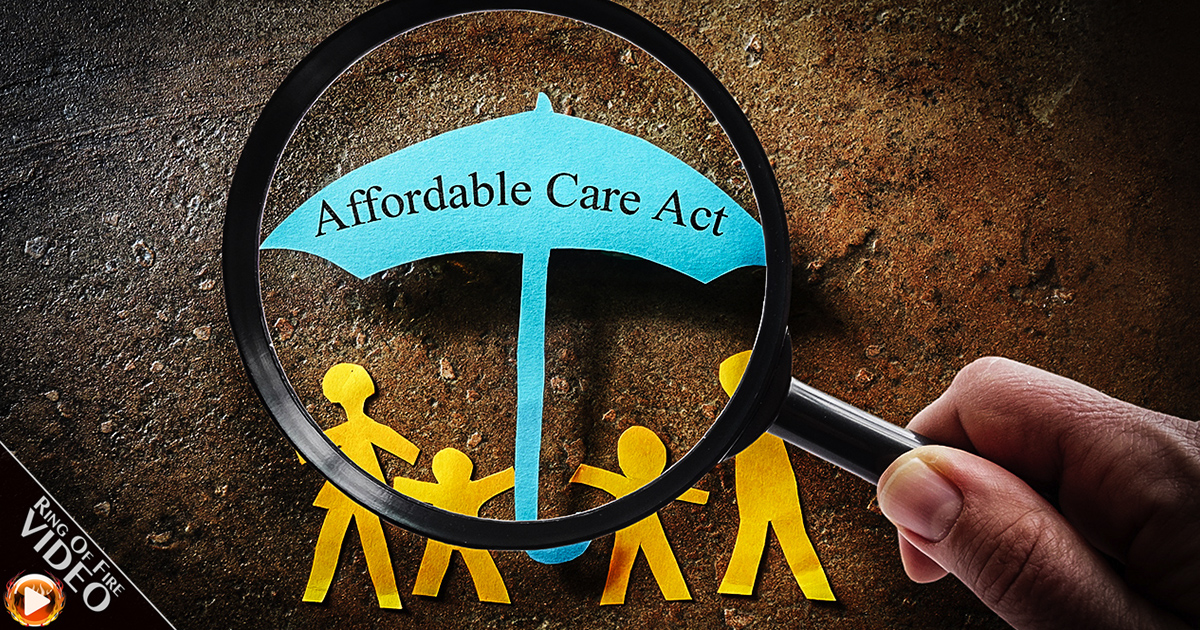Here’s something to ponder: who is in a better position to determine what is best for students? The dedicated, professional classroom teacher who has spent years actually educating and working with school children, or a politician who hasn’t set foot in a public classroom since graduating from high school (but who in all probability, is getting campaign contributions from private corporations seeking to take over public education)?
It’s a battle that’s been going on for decades – and it’s not going to end anytime soon. Many teachers working ten to fifteen years ago who are still in the profession (and there are relatively few) still recall the travesty known as “No Child Left Behind”. The bill was signed into law by George W. Bush in January 2002. Under the law’s provisions, any public school receiving federal funds are required to administer annual statewide standardized tests. If students do not achieve acceptable scores, and fail to make “Adequate Yearly Progress” (AYP), the school risks losing its federal funding. In many states, teacher pay and tenure has been tied to student performance on these standardized tests.
It doesn’t take a genius to figure out why this leads to the practice of “teaching to the test.” Instead of stimulating students’ natural curiosity with engaging subject matter and encouraging critical thinking skills, teachers wind up drilling them on how to game the system by being successful test-takers. And who can blame them? After all, their jobs are on the line.
Small wonder that by the time students reach 9th grade most of them hate school and find it irrelevant. At the same time, many excellent teachers who were once passionate about education burn out and move on to less stressful occupations.
Of course, it’s not bad for everyone. Private corporations that have designed and published these tests have made a fortune by selling them to school districts for $35 – $50 a pop. Furthermore, because they are private entities, they are completely unaccountable to the public.
For better or worse, the next round of “education reform” is on its way.
Currently, the No Child Left Behind (NCLB) Act is up for reauthorization before Congress. Educators have long pointed out how the original law set up the majority of public schools for failure. They are counting on major legislative revisions that will change all of that.
The new law will change some things, to be sure. Some of the more draconian AYP requirements are being lifted. States will have greater flexibility in coming up with their own assessments and systems of accountability. However, with this relief comes new, even more onerous, and blatantly corporatist provisions. Increasingly, state governments are creating new agencies, run by appointed (not elected) officials. These agencies are authorized to take over local school districts deemed to be “failing” and hand them over to the control of private corporations that operate charter schools. Again, the voting public has no say over any of it – and these corporations are not accountable to the community.
Newsflash: this kind of privatization has been tried repeatedly – and it doesn’t work. Investigative reports from Michigan, Florida, Tennessee, Ohio, and elsewhere are clearly telling us all that such privatization leads to more and greater educational failures – and breeds corruption of all kinds.
There are very good reasons why, historically, public schools have been run by locally-based community boards of education, whose members are elected and thus accountable to voters. Until we are able to stop this corporate takeover of yet another of our public resources, we can expect more failures, more corruption – and more student and educator burnout.


